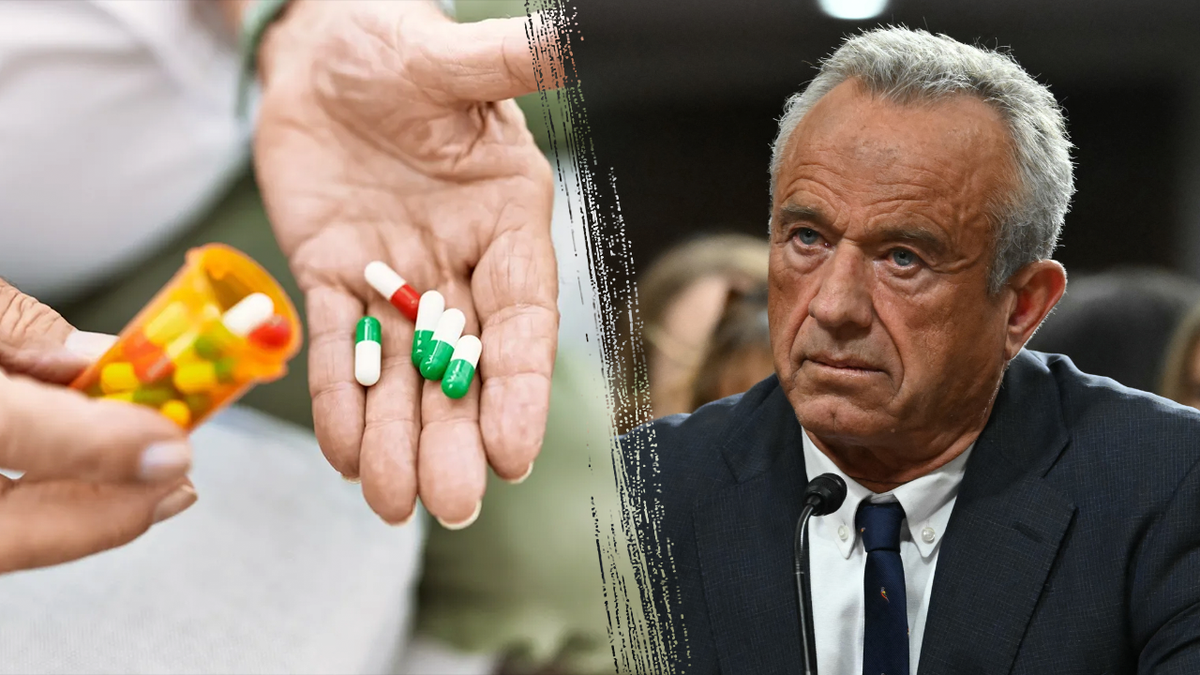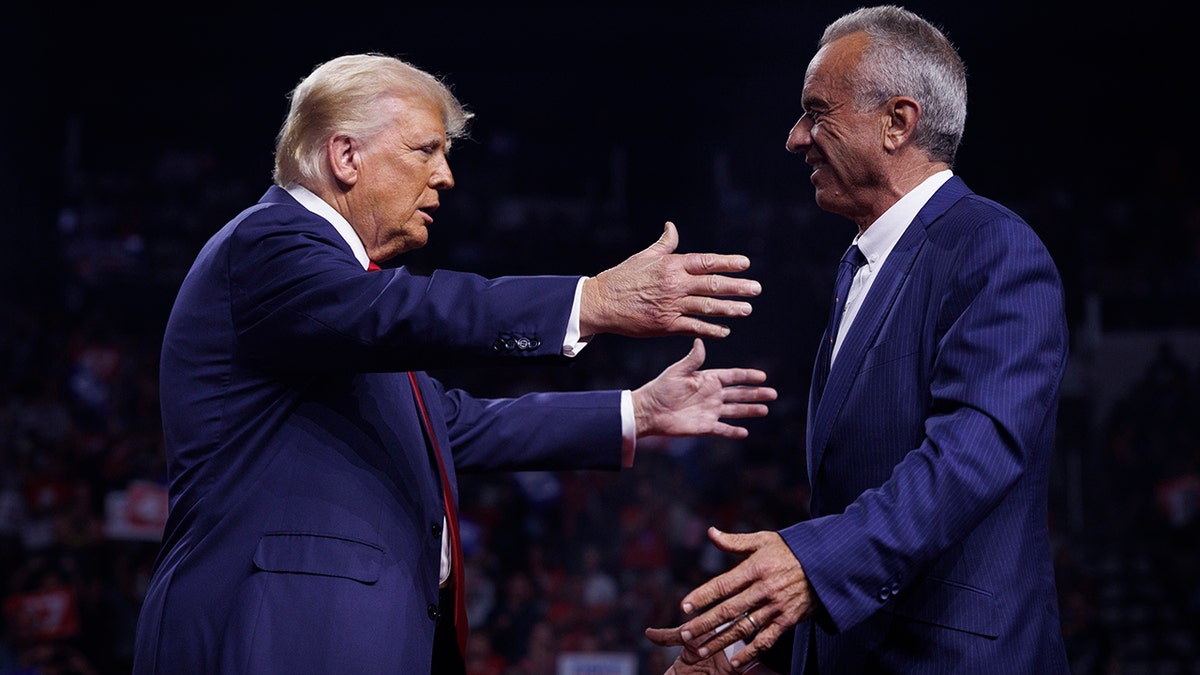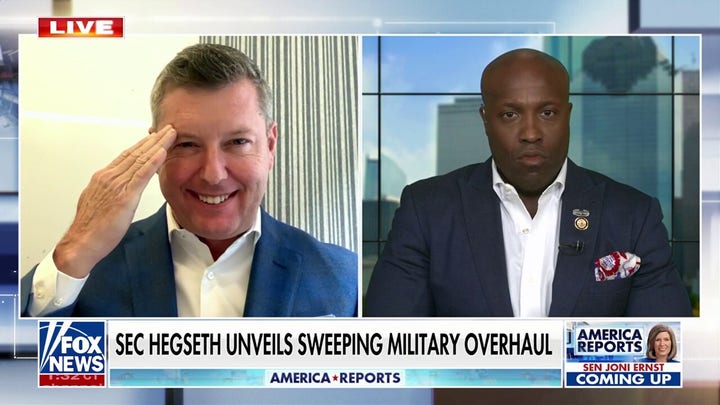
Soaring Medicare prescription drug prices targeted in Trump’s new executive order
President Donald Trump is seeking to combat soaring prescription drug prices in a new executive order he signed Tuesday.
The order instructs Robert F. Kennedy Jr.’s Department of Health and Human Services (DHS) to standardize Medicare payments for prescription drugs — including those used for cancer patients — no matter where a patient receives treatment. This could lower prices for patients by as much as 60%, according to a White House fact sheet.
Likewise, the order also calls to match the Medicare payment for certain prescription drugs to the price that hospitals pay for those drugs — up to 35% lower than what the government pays to acquire those medications, the White House said.
The order also takes steps to lower insulin prices. Specifically, the order calls for lowering insulin prices for low-income patients or those that are uninsured to as little as three cents, and injectable epinephrine to treat allergic reactions to as low as $15, coupled with a “small administrative fee,” according to a White House fact sheet.
‘SEED OIL-FREE’ RESTAURANTS AND FOODS GET HEALTHY STAMP OF APPROVAL

Additionally, the order attempts to drive down states’ drug prices by “facilitating importation programs that could save states millions in prescription drug prices,” as well as bolstering programs that assist states secure deals on sickle-cell medications in Medicaid, the fact sheet said.
The order also requires DHS to seek comment on the Medicare Drug Price Negotiation Program, which the Biden administration authorized under the Inflation Reduction Act and allows Medicare to directly engage in hashing out prescription prices with drug companies.
“The guidance shall improve the transparency of the Medicare Drug Price Negotiation Program, prioritize the selection of prescription drugs with high costs to the Medicare program, and minimize any negative impacts of the maximum fair price on pharmaceutical innovation within the United States,” the order said.
Drug prices have significantly ramped up in recent years. Between January 2022 and January 2023, prescription drug prices rose more than 15% and reached an average of $590 per drug product, according to the Department of Health and Human Services. Of the 4,200 prescription drugs included on that list, 46% of the price increases exceeded the rate of inflation.
Previous efforts under the first Trump administration to curb prescription drug prices included installing a cap on Medicaid prescription drug plans for insulin at $35.
RFK JR DARES GOVERNOR OF AMERICA’S FATTEST STATE TO DO REGULAR PUBLIC WEIGH-INS

Meanwhile, Trump’s 145% tariffs on Chinese imports to the U.S. could mean that healthcare costs are particularly susceptible to price increases. Market research group Black Book Research found that 84% of experts predict that prices for medical treatments and drugs will rise due to the tariffs, according to a survey released in February.
Additionally, Trump signaled Monday that tariffs on the pharmaceutical were headed down the pipeline.
CLICK HERE TO GET THE FOX NEWS APP
“We don’t make our own drugs anymore,” Trump told reporters Monday. “The drug companies are in Ireland, and they’re in lots of other places, China.”
Trump signed the executive order Tuesday, along with others that seek to prevent illegal immigrants from accessing Social Security benefits, and another one calling to investigate the impact of imported processed mineral on national security.
Tuesday’s executive order comes days after the Department of Health and Human Services’ Centers for Medicare and Medicaid Services told states Thursday that the federal government would cease assistance to states to fund nonmedical services geared toward things like nutrition for those enrolled in Medicaid.
Fox News’ Alec Schemmel contributed to this report.



